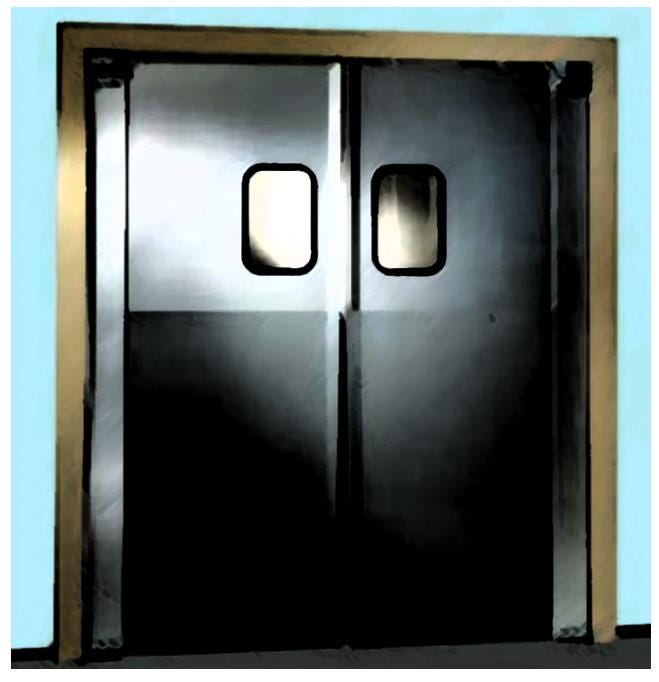Christie Summers drove herself to the clinic. It was a rainy day, but that didn’t stop the protesters, who pressed soggy pamphlets against her windshield with the zeal of panhandling window-washers on the side of the highway.
Several pamphlets stuck to the glass. “Every child is precious!” and “How could you do this to your child?” they screamed, before the wipers swatted the pamphlets away.
Christie parked as close to the entrance as she could. An official-looking man in a suit ran out to the car. He opened an umbrella and held her waist tight as they ploughed through the rain and between two columns of protesters with their placards on sticks, held aloft by dozens of clenched, agitated fists.
Inside the clinic, and after some paperwork and a gown to match, Christie was in a hospital bed. Unlike the chaos outside, the clinic waiting room was a serene and dignified scene. There was no anger, just clinical efficiency complemented by encouraging words.
“You won’t get any judgment from us.”
“Your choice and your autonomy are respected here.”
Most everything in the room was white, including the walls and the floor tiles. The nurses spoke in hushed, comforting tones. As the sedatives slowly washed over her eyes, Christie’s head slipped to the side.
In this moment of calm, Christie reflected on the protesters outside. She asked herself how they could feel so viscerally about her particular situation, about which they knew nothing. Their vivid pictures of developed fetuses embodied no awareness of the hidden genetic code of the particular fetus inside her, which she had learned contained a rare gene, a gene that in all likelihood could cause wrenching suffering for her child. Where were the protesters’ pictures of the future tormented life of the fetus she carried inside her? If the protesters had shared her own pain, and her own anatomy, perhaps they would understand.
And then Christie drifted off.
A bedside nurse was gathering medical tools from a nearby table.
“Good afternoon, Ms. Summers. How are you feeling?”
“Fine,” said Christie, groggy at first, but then enlivened by the realization the procedure was already over. “Is that it?”
“That’s it, Ms. Summers,” said the nurse with a standard smile. “The genetic surgery was a success. The genes NXP2 and NXP77 have been excised. And all indications are that you will have a heterosexual child, and one whose sense of gender identity will always correspond to their sex at birth.”




Like it. Have you read "Beggars In Spain"?